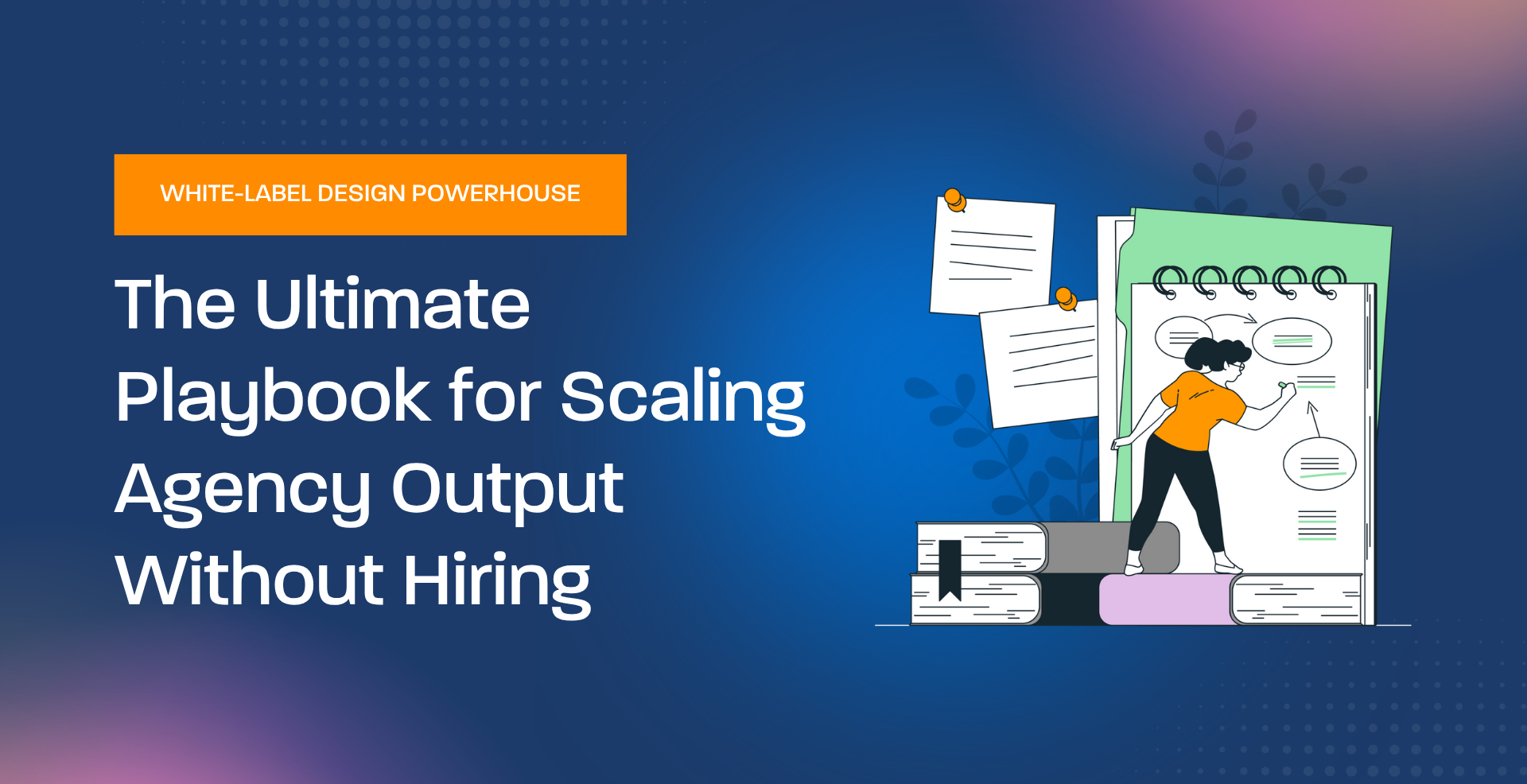Dark Funnel Marketing is an important aspect of digital marketing. Brands use your personal information to target ads more effectively. This helps them grab people’s attention. This practice is not a secret tactic, it happens every day around us. It can greatly impact what products or services you see online and how likely you are to purchase them. ‘Dark Funnel Marketing’ helps businesses learn your preferences from past internet behavior and then customizes ad content just for you.
In this article, we will delve deep into the world of ‘Dark Funnel Marketing’, discovering its applications, its ethical implications, and how understanding its workings can help improve communication with customers while safeguarding our data privacy in a digital era where marketers are constantly on the prowl for insights on what makes consumers tick.
The Dark Funnel is a clever marketing strategy that helps companies target people who almost bought something but never finished their purchase. Think of it like someone having an empty ice cream cone because they ran out of space or didn’t finish it all. These are people with specific preferences who, if offered the right things at the right time. They most likely will give your business the chance to make the sale!
Understanding this method means using data on why someone didn’t complete a purchase – for example, a broken payment link or an expired voucher code. Knowing these reasons and the details of when, where, and why can unlock huge potential to sell more to the right people, boosting your business in a world filled with so many other distractions and competing interests.
Understanding the Dark Funnel Marketing Concept
Let’s unravel how The Dark Funnel can revolutionize marketing, and most importantly, help you connect your product or service with people who genuinely want what you are offering – a win-win for all concerned.
The concept is pretty simple; it’s like adding a layer beneath the main storyline of your traditional marketing campaign that targets only the surface-level interests, or what is commonly known as ‘top-funnel’. Dark Funnel Marketing dives deeper and focuses on those prospective customers who haven’t necessarily taken the final leap to conversion.
In conventional marketing models, companies usually make significant efforts in generating leads through various campaigns and strategies. However, this can often create an unhealthy volume-to-revenue ratio with a lot of time spent acquiring new prospects, only for some to never become customers. Dark Funnel Marketing focuses on improving the ratio by streamlining customer acquisition with increased conversions from the lead generation phase into sales conversions and repeat business.
This form of marketing often takes place in an almost imperceptible environment; hence ‘dark’. The idea behind it is to identify and nurture highly-likely leads throughout a campaign to deliver high conversion ratios. The name suggests a metaphorical understanding of how things should be done, in comparison with traditional lead generation approaches.
It does this through targeted messaging, focusing on customer relationship management strategies such as personalized campaigns and direct communication. By addressing the specifics of customer’s needs, wants and problems, businesses aim to engage them deeply and foster strong loyalty, thus achieving higher conversion ratios from their acquisition efforts. The emphasis on fostering long term relationships helps in building customer lifetime value over shorter one time conversions.
The hidden world refers to the fact that, while most marketers might think about this approach as they conduct their marketing campaigns, its implications may often be missed and its true potentials often overlooked due to its indirect nature of driving successes from darker places like deeper inbound strategies and better CRM practices.
This can potentially make a big difference for any organization looking to optimize their revenue-driving strategies in the longer term and hence, Dark Funnel Marketing should be taken seriously by business leaders to avoid overlooking its power.
The Importance of a Nurturing Approach in Sales
In dark funnel marketing, you are focusing your energy and attention on turning customers away from other offers before they become leads for you. You do this by engaging them using tactics like content or personalized messaging. By providing these prospects a great experience early on and keeping them involved throughout their buying journey, you increase the chances that they’ll eventually convert to paying customers, boosting your bottom line and maintaining healthy business.
With this digital nurturing process, not only can you keep leads warm by delivering helpful resources when needed but you also provide potential buyers an understanding of what to expect from your organization throughout their experience with you.
Thereby, minimizing unpleasant surprises or even buyer’s remorse down the road. In other words, using a combination of well-timed messages and value-added information can not only build rapport but help create anticipation for what’s coming next – helping to smooth out any bumps in the purchasing process for a positive, consistent customer journey that will increase retention rates.
The Traditional Sales Funnel vs. the Dark Funnel
Dark Funnel customer acquisition is an interesting term used to refer to an aspect of marketing that has not always been directly monitored and analyzed by marketers, yet it impacts a major portion of potential customers.
To understand Dark Funnel, let’s first break down the conventional sales funnel concept. The traditional Sales Funnel is divided into distinct stages or touchpoints:
- awareness,
- consideration,
- preference,
- decision,
- sale.
These stages help marketers follow the journey and interaction with potential buyers until they reach a conversion (usually purchasing or subscription to some product/service). This conversion happens in the last stage of the sales funnel – SALE!
Dark Funnel, on the other hand, focuses on the earlier parts of the funnel – specifically awareness, consideration and preference – where customer acquisition processes may be hidden, vague, or not accounted for in their entirety by marketers due to various factors: lack of proper analytics tools, challenges with tracking data, absence of direct visibility into what drives users to take decisions, etc. In the end, these invisible parts can significantly affect sales, conversion, and ROI without being observed or leveraged properly by businesses.
Increasing awareness, creating an affinity, or driving interest is vital for potential customers to progress along the buyer’s journey. It is critical to understand how customers reach your product or service throughout these invisible touchpoints. Identifying and analyzing data that’s less directly related to direct purchases will help optimize overall conversion and lead generation, resulting in higher returns on marketing investments and better-targeted advertising initiatives.
By exploring Dark Funnel aspects and optimizing them through advanced analytics tools, businesses can get more transparency and visibility into customer acquisition patterns. Thus, businesses have started embracing Dark Funnel analysis as it is a game changer for maximizing sales efforts and enhancing growth in today’s digital age.
Creating a Personalized Experience for Potential Customers
A major principle within dark funnel marketing is the focus on a personalized, individual experience tailored towards acquiring each lead or prospect. It is about establishing connections with leads in which every action, ad, and message has been custom-tailored to resonate uniquely with their preferences, background, and experiences.
One of the critical tools for this level of marketing is automation, specifically when it comes to personalizing content that will reach different groups based on demographics or past interactions with a business’s marketing assets.
With a well-organized funnel setup that tracks consumer interaction along every touchpoint, brands can monitor the success of certain targeted methods. Layouts can monitor what tactics yielded high engagement rates amongst potential clients.
Dark Funnels help identify where each potential customer falls into the spectrum of engagement:
- Are they new leads that are only just familiarizing themselves with a company?
- Do they interact frequently and potentially qualify as returning customers, or is this someone who is already invested and thus open to receiving highly personalized content based on previous interactions with the brand?
Using metrics from successful funnels, it is easier to identify key factors in determining potential success of individual leads. Consequently we see, how best to design personalized communications that appeal specifically to them.
This could involve changing ads to address their specific problems or desires. It could also mean adjusting products and deals to better suit their needs. Overall, it’s about understanding and appealing to what this group of customers finds appealing, while still focusing on individual preferences.
This approach, though potentially more resource-intensive in comparison with a more blanket form of advertising and communication strategies, ultimately yields a higher return on investment. Companies see that those they have converted into customers are much more invested in the brand than those who received “stock” messages or outreach methods. The custom-tailored messages build better loyalty between prospect and business as well.
Leveraging Search Engine Optimization (SEO) to Improve Visibility
One way you can capitalize on the hidden aspect of dark funnel marketing is by optimizing your website’s visibility through Search Engine Optimization, better known as SEO. As a marketer, understanding the role that organic traffic plays in the overall customer journey is crucial, since users who engage with organic content often demonstrate intent to buy or at least, acquire more knowledge about a particular topic.
Optimizing for search engines typically involves on-page elements, such as ensuring keyword-rich and valuable content, internal links, fast load speeds, clean URL structures, clear metadata, voice SEO, among other factors. As a marketer, it’s key to ensure the website has strong user experience since Google tends to favor those with a higher engagement and lower bounce rates.
Beyond the basics of optimizing your website for search engines, another critical area for consideration is identifying keywords that match potential buyers’ intent during different stages of the purchase process. In doing so, you can create more tailored content and optimize the visibility for those queries. By targeting such ‘invisible’ user behaviors through effective dark funnel strategies, you have a much better chance at increasing your overall conversion rate.
To summarize, improving website visibility with SEO and understanding the needs of consumers throughout different stages of their purchasing journey can greatly enhance your customer acquisition efforts using dark funnel marketing tactics. This approach may not provide instant gratification or an easily measurable ROI compared to other more direct marketing techniques but if used strategically it can deliver substantial long-term gains, especially when it comes to customer loyalty and lifetime value.
Tracking and Optimizing Dark Funnel Performance
As more companies understand the potential of dark funnel analytics, it’s critical that marketers start to look at how they are collecting, tracking, and using digital marketing data to enhance their marketing performance. Some key questions in regards to this include; what can we learn from dark funnel activity, do we understand how to optimize for a higher rate of successes vs failures, and what might be some potential future implications that may come about from using these types of datasets more effectively.
In general terms, improving the conversion rates in the lower stages of your sales cycle could result in reduced overall costs of marketing investments by improving conversion rate ratios along the customer journey.
Additionally, with better knowledge on specific buyer’s behaviors at each step, organizations can have the chance to refine their messaging, optimize campaign targeting and provide personalized customer experiences based off this new level of intelligence.
It is also worth mentioning that it’s imperative companies keep their finger on the pulse of potential implications this data might hold in terms of ethics and regulation. Businesses are often operating within highly regulated industries (i.e., healthcare, insurance) and privacy laws like GDPR mean companies need to be wary when collecting personal or customer information, regardless of the channel they’re being collected on.
Mastering the Art of Attracting Customers
Customer acquisition via Dark funnel marketing offers immense potential to boost conversions, optimize marketing strategies, and enhance your customer acquisition approach by understanding their entire journey from beginning to end. While this data isn’t as readily available, leveraging existing information with tools such as predictive analysis can help reveal important insights.
Prospective customers will provide businesses with an upper hand in tailoring personalized marketing funnel approaches based on consumer intent and interests.
As technology evolves and companies gather more first-party customer data through various interactions, they must invest resources to capitalize on these insights. Integrating dark funnel data into existing strategies will result in better decision-making, increased lead generation, enhanced conversion rates, and ultimately, greater overall business growth.
It is imperative for businesses of all sizes to recognize the hidden world of the dark funnel, understand its dynamics, and work toward tapping into its vast potential. As AI helps in boosting marketing ergonomics, customer’s buying decisions will base off of marketing efforts driven through intent data!




